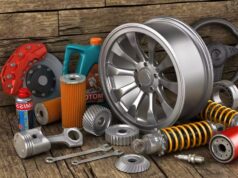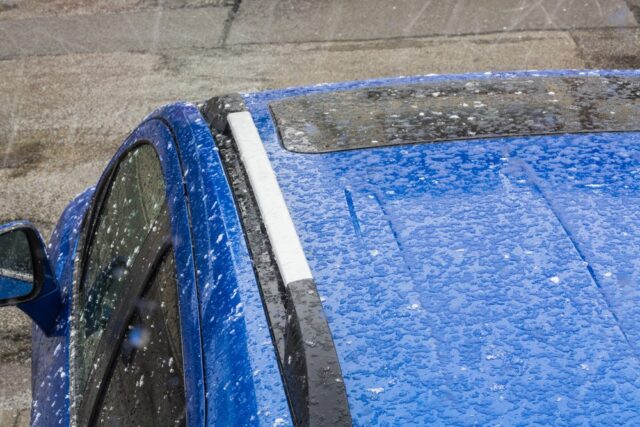
Protecting your car from hail damage is crucial, especially in regions prone to hailstorms. Hail can cause significant damage to your vehicle, leading to costly repairs.
Understanding the risks and taking preventative measures can save you time, money, and stress in the long run.
What is Hail Basically?
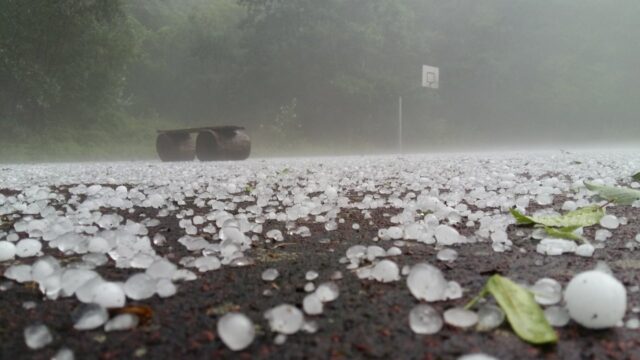
Hail forms when updrafts in thunderstorms carry raindrops into extremely cold areas of the atmosphere, freezing them into ice. As these hailstones are lifted and dropped repeatedly, they accumulate layers of ice until they become too heavy and fall to the ground.
The size of hailstones can vary greatly, from small pellets to larger than golf balls, capable of causing severe damage. Certain conditions increase the likelihood of hailstorms, such as the presence of strong updrafts, large temperature contrasts, and sufficient moisture in the air.
Understanding these conditions can help you anticipate and prepare for potential hailstorms, reducing the risk of damage to your vehicle.
Preparation and Prevention
Now let us see what are the ways to prepare and prevent these issues.
Check Weather Forecasts

Staying informed about the weather is your first line of defense against hail damage. Utilize weather apps and websites to get timely updates on potential hailstorms. Setting up weather alerts can give you advanced warnings, allowing you to take necessary precautions.
Find Secure Cover
Parking in garages or carports is the most effective way to protect your car from hail. If you don’t have a garage, consider clearing out space for emergency use. Public parking garages can also be a good alternative during hail forecasts. Planning ahead ensures you have a safe spot to park your vehicle when a hailstorm is imminent.
Use Protective Covers
Investing in a car cover for hail is a wise decision. These covers are specifically designed to absorb the impact of hailstones, protecting your car’s surface. In the absence of a specialized cover, you can use thick blankets, floor mats, rugs, or even cardboard boxes as makeshift protection. Ensure these covers are securely fastened to prevent them from blowing away.
During a Hailstorm
Driving during a hailstorm can be risky. That is why it is of the utmost importance to know how to behave while it lasts.
Driving Safety Tips
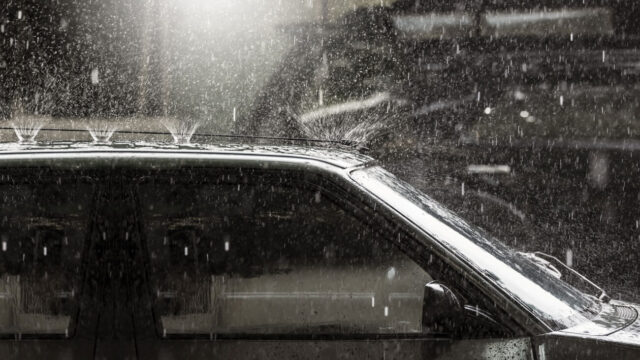
If you find yourself driving during a hailstorm, slow down and pull over safely. Hail can create slippery conditions, so maintaining a safe distance from other vehicles is crucial. Avoid stopping under overpasses or trees, as these areas can pose additional risks.
Seek Shelter
Look for covered parking areas such as garages or carports to protect your vehicle. If none are available, try to find a safe location where the hail impact will be minimized. Avoid low-lying areas prone to flooding, as these can become hazardous during heavy rains accompanying hailstorms.
In-Car Safety
During a hailstorm, use your windshield as a protective barrier. Position yourself away from windows and towards the center of the car to avoid potential injury from broken glass. Staying inside your vehicle is generally safer than attempting to seek shelter on foot during a hailstorm.
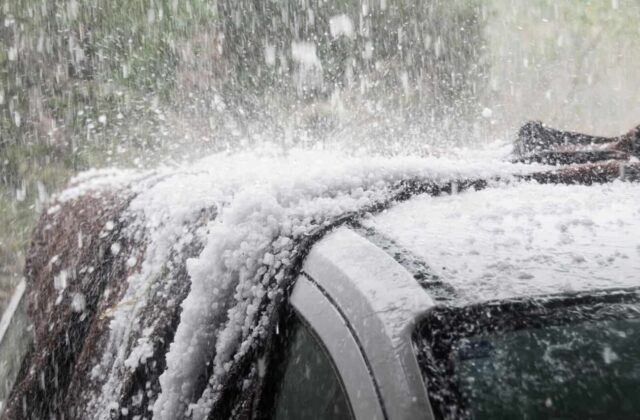
After the Hailstorm
Once the storm has passed, inspect your car for any visible damage. Look for dents, broken glass, and other signs of impact. Document the damage with photographs, as this will be important for insurance claims.
Contact your insurance provider promptly to report the damage and start the claims process. If the damage is significant, seek the services of a professional repair technician who can assess and fix the issues effectively. Acting quickly after a hailstorm can help ensure your vehicle is repaired and back in good condition as soon as possible.

